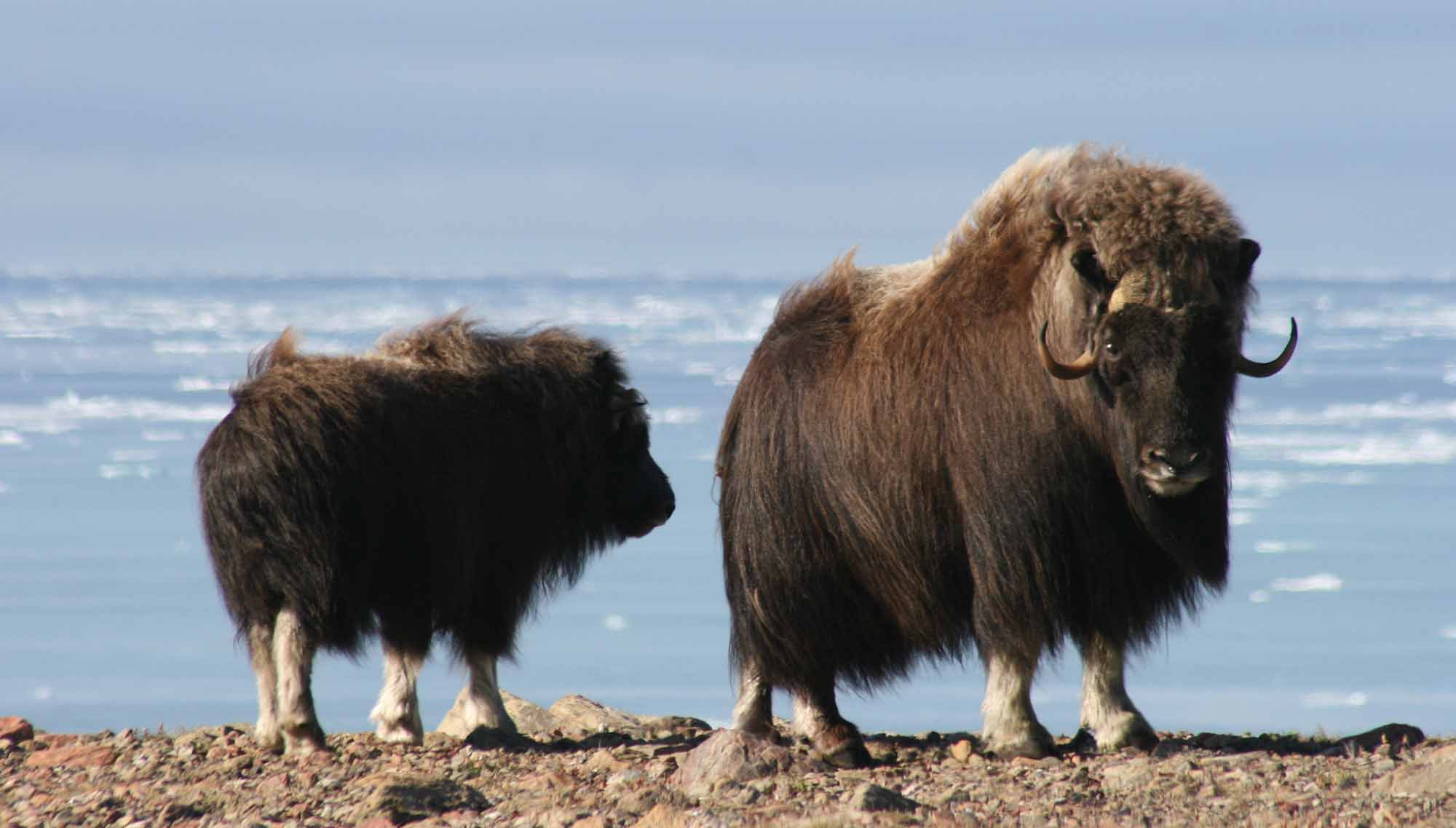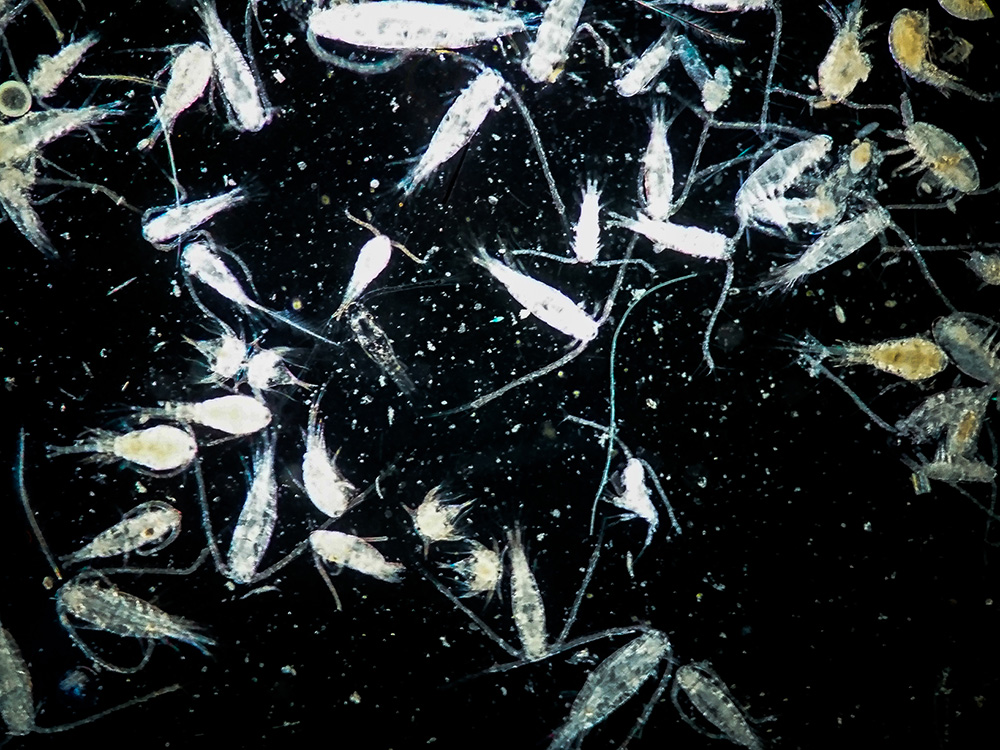Article
Yeast
at genus level is based on the morphology of the spores and vegetative cells and, at species level, by the ability to metabolize different sugars and related compounds.

Enter your search term
Signing up enhances your TCE experience with the ability to save items to your personal reading list, and access the interactive map.
Create AccountArticle
at genus level is based on the morphology of the spores and vegetative cells and, at species level, by the ability to metabolize different sugars and related compounds.
"https://d3d0lqu00lnqvz.cloudfront.net/media/media/52623535-0d04-4f85-b037-e9739b50a363.jpg" // resources/views/front/categories/view.blade.phphttps://d3d0lqu00lnqvz.cloudfront.net/media/media/52623535-0d04-4f85-b037-e9739b50a363.jpg

Article
Yellowjacket is the common name for wasps in the genera Vespula and Dolichovespula. They belong to the insect family Vespidae in the order Hymenoptera, which also includes other types of wasps such as hornets, as well as bees and ants. Worldwide, there are about 50 recognized species of yellowjacket, 17 of which are native to Canada. These native species include the common (Vespula alascensis), Eastern (V. maculifrons), Western (V. pensylvanica) and aerial (Dolichovespula arenaria) yellowjacket. One species, the German yellowjacket (V. germanica), is introduced to Canada and is especially common in Ontario and Quebec.
"https://d3d0lqu00lnqvz.cloudfront.net/Yellowjacket/GermanYellowjacket.jpg" // resources/views/front/categories/view.blade.phphttps://d3d0lqu00lnqvz.cloudfront.net/Yellowjacket/GermanYellowjacket.jpg

Article
Zoology is the study of ANIMALS. Zoologists have many interests: some study form (morphology) or function (physiology), from gross to molecular levels; behaviour (ethology); association (ecology); or distribution (zoogeography); and some specialize in one kind of animal.
"https://d3d0lqu00lnqvz.cloudfront.net/media/media/3a709b78-b386-493f-a455-f16fe201283d.jpg" // resources/views/front/categories/view.blade.phphttps://d3d0lqu00lnqvz.cloudfront.net/media/media/3a709b78-b386-493f-a455-f16fe201283d.jpg

Article
Zooplankton, weakly swimming animals belonging to many phyla (primary divisions of the animal kingdom), which, as larvae or adults, exist wholly suspended within a water body.
"https://d3d0lqu00lnqvz.cloudfront.net/media/media/49995814-c22c-45b3-ae32-1441dc8afc05.jpg" // resources/views/front/categories/view.blade.phphttps://d3d0lqu00lnqvz.cloudfront.net/media/media/49995814-c22c-45b3-ae32-1441dc8afc05.jpg

Article
Zoos, also known as zoological gardens, are facilities exhibiting wild and domesticated animals for purposes of education, recreation, conservation and research. Zoos range from conventional, dense-occupancy facilities to open animal parks and game farms. They can incorporate aquariums exhibiting fish and other aquatic life forms. There are 28 accredited zoos in Canada, according to the Canadian Association of Zoological Parks and Aquariums. Canada’s largest zoo is the Toronto Zoo.
"https://d3d0lqu00lnqvz.cloudfront.net/media/media/ba0d486f-9155-41ad-9d2a-6f681619898f.JPG" // resources/views/front/categories/view.blade.phphttps://d3d0lqu00lnqvz.cloudfront.net/media/media/ba0d486f-9155-41ad-9d2a-6f681619898f.JPG
